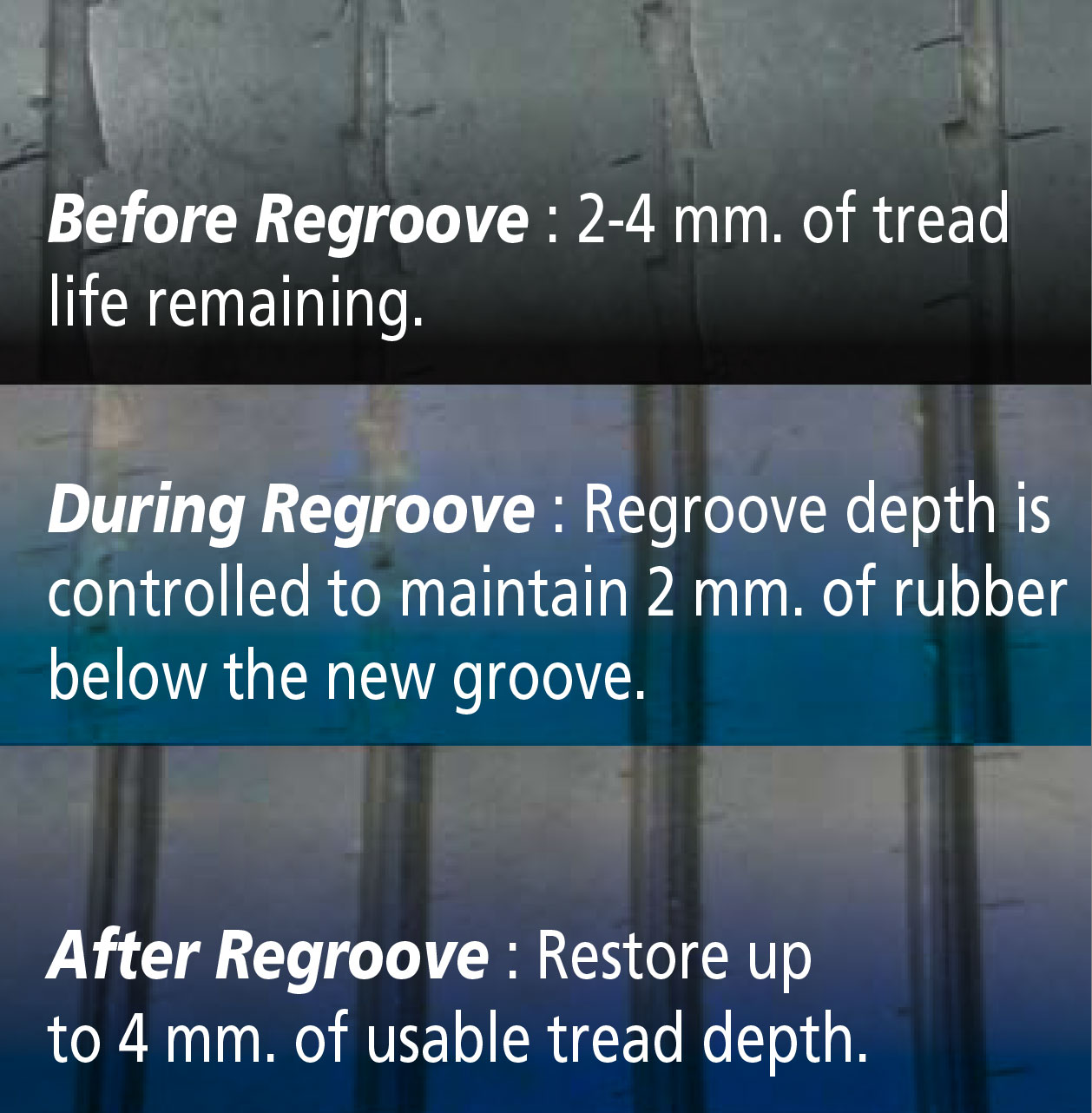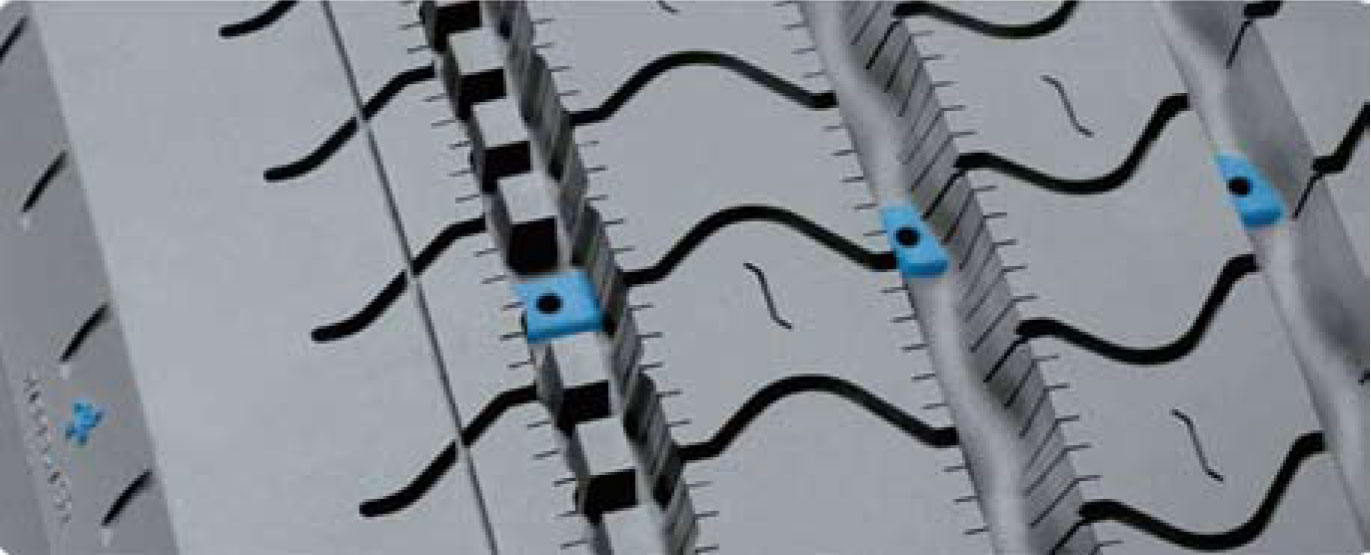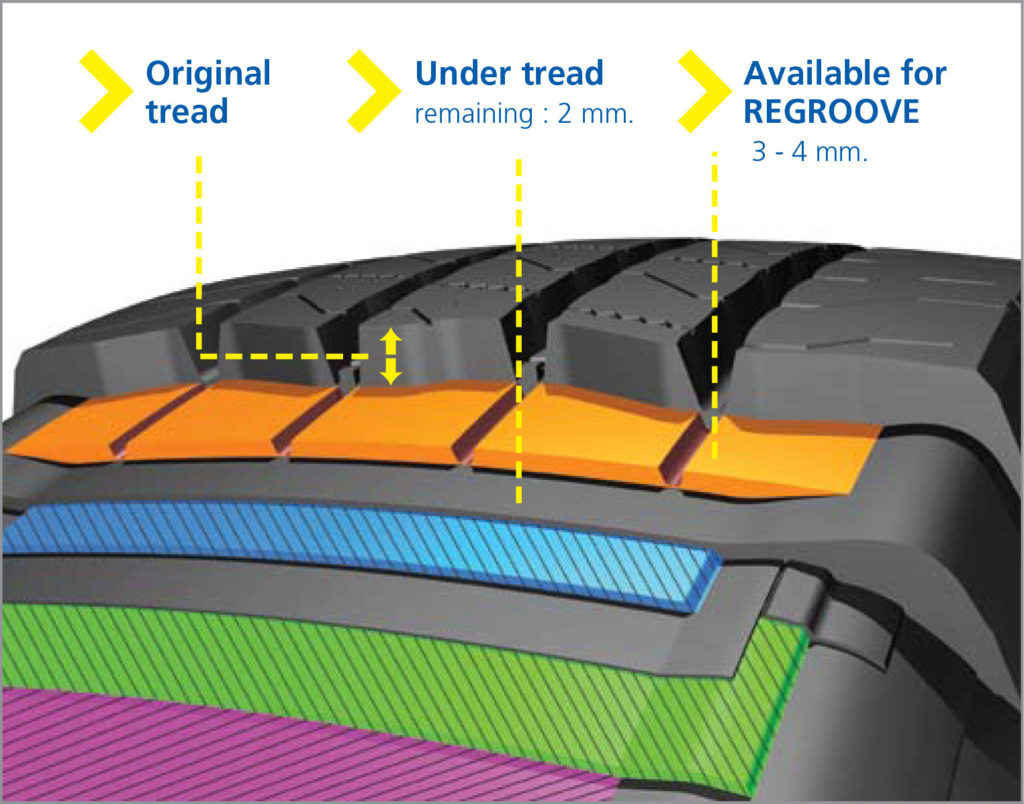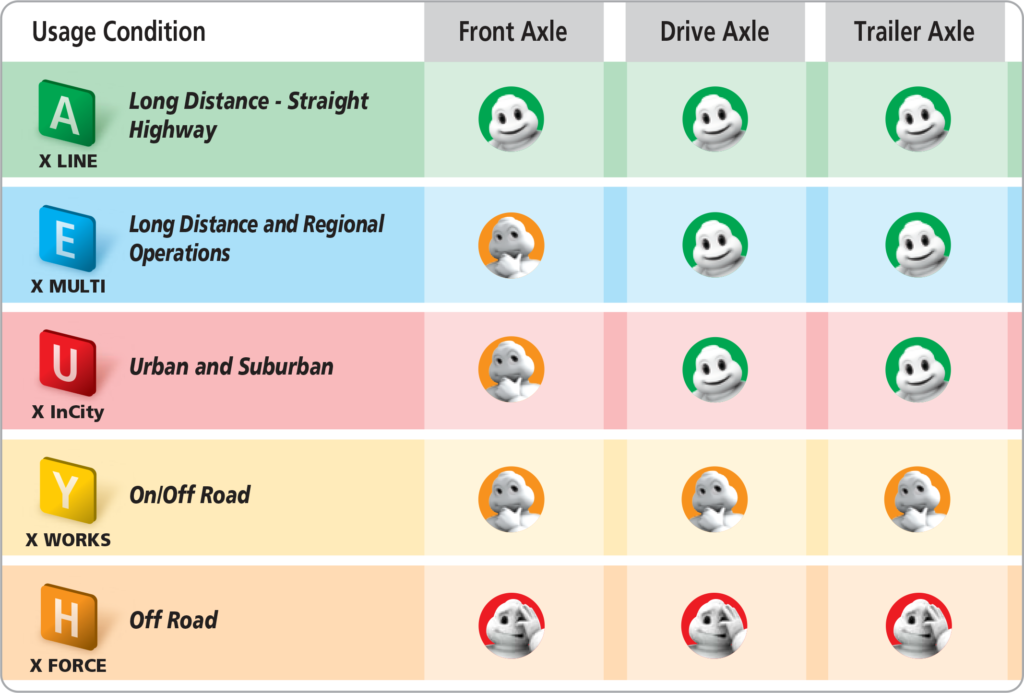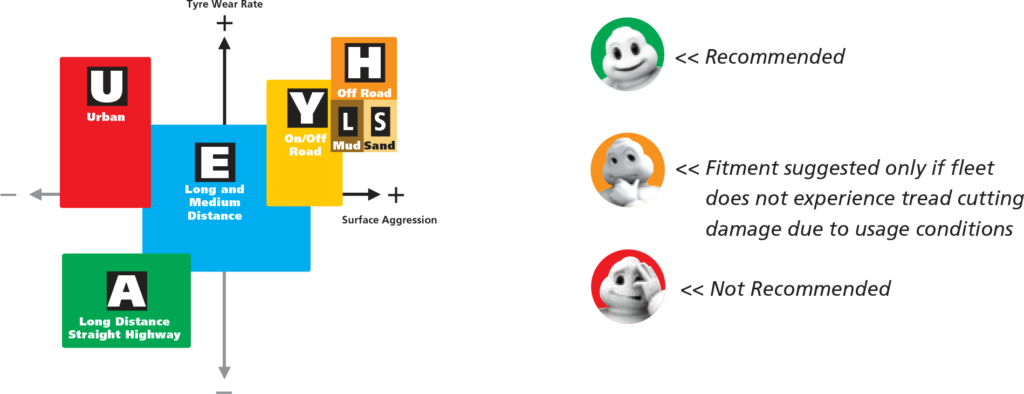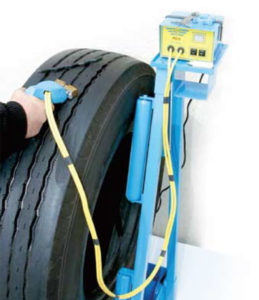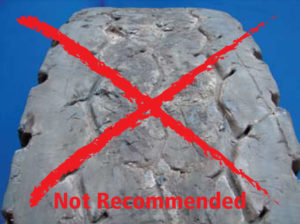REGROOVING WITH PSO an economical technique which helps protect the environment
Regrooving is a process which involves restoring the tread surface of a used tyre by recutting its grooves with a hand-held tool up to 4mm of tread depth to further extend its durability. It is also known to be a sensible and economical technique that helps conserve natural materials used for manufacturing brand new tyres.
Pneu Service Outillage (PSO) are global specialists for HGV tyre regrooving equipment. In their more than 60 years of establishment, they have been continuously progressing and developing their tyre regrooving expertise which then led them to become one of the few world-renowned specialists in the field.
Regrooving extends tyres’ useful lives
Regrooving is performed using a manual tool which combines a heating element with a blade. This enables a tyre to travel a further 20-30% of the distance it has already covered. Manufacturers give very specific instructions for each of their models. The technique enables you to make emergency stops and achieve a groove depth equivalent to a tyre at half of its useful life. Now you understand why the real name for this operation is “adhesion”. A 2mm rubber layer is left between the carcass and the base of the new groove, maintaining full carcass protection and ensuring full stability for the tyre tread.
A tyre is regrooved once its resistance is at its lowest point. Effectively, the lever effect created between the carcass and the road will drop at the same rate as the tread is worn down. This phenomenon leads to lower fuel consumption (a reduction of CO2 emissions of 1.6 tonnes per set per year) as well as much slower tyre wear: 1.6mm / 10,000km for new tyres and 0.8mm / 10,000km for regrooved tyres. A second regrooving operation is advised following tyre retreading, too.
In short, regrooving is a great way of saving on your tyre expenses, and offers real benefits for transport companies who use it.
When you regroove four of your tyres, you’re saving the equivalent of a whole new tyre and protecting the environment at the same time.
Regroove four tyres, and you’ll save the equivalent of a brand new tyre and stop four perfectly good carcasses from being thrown away. Help protect the environment by consuming less fuel and throwing out fewer tyres.


 Why Regroooving?
Why Regroooving?